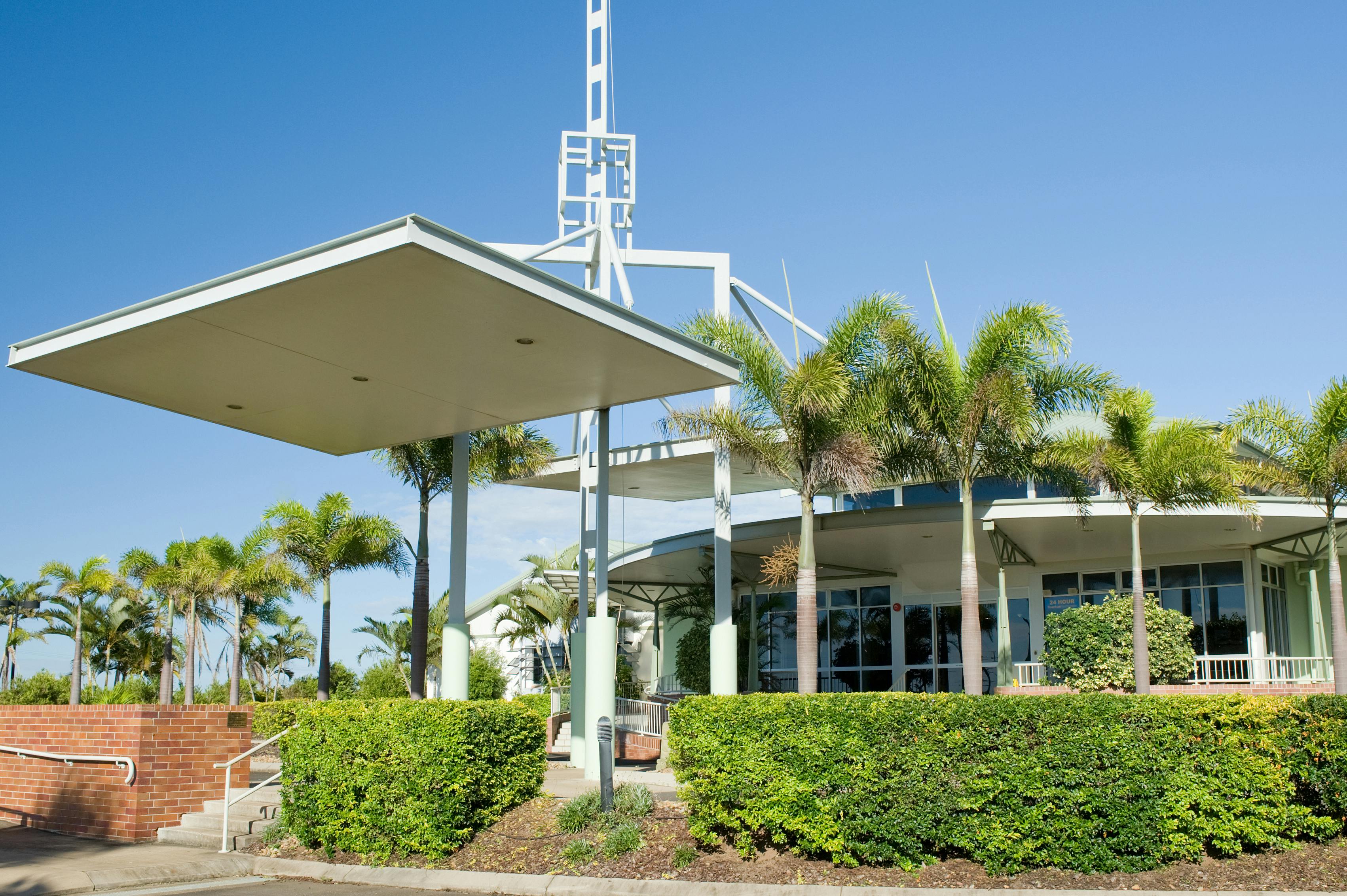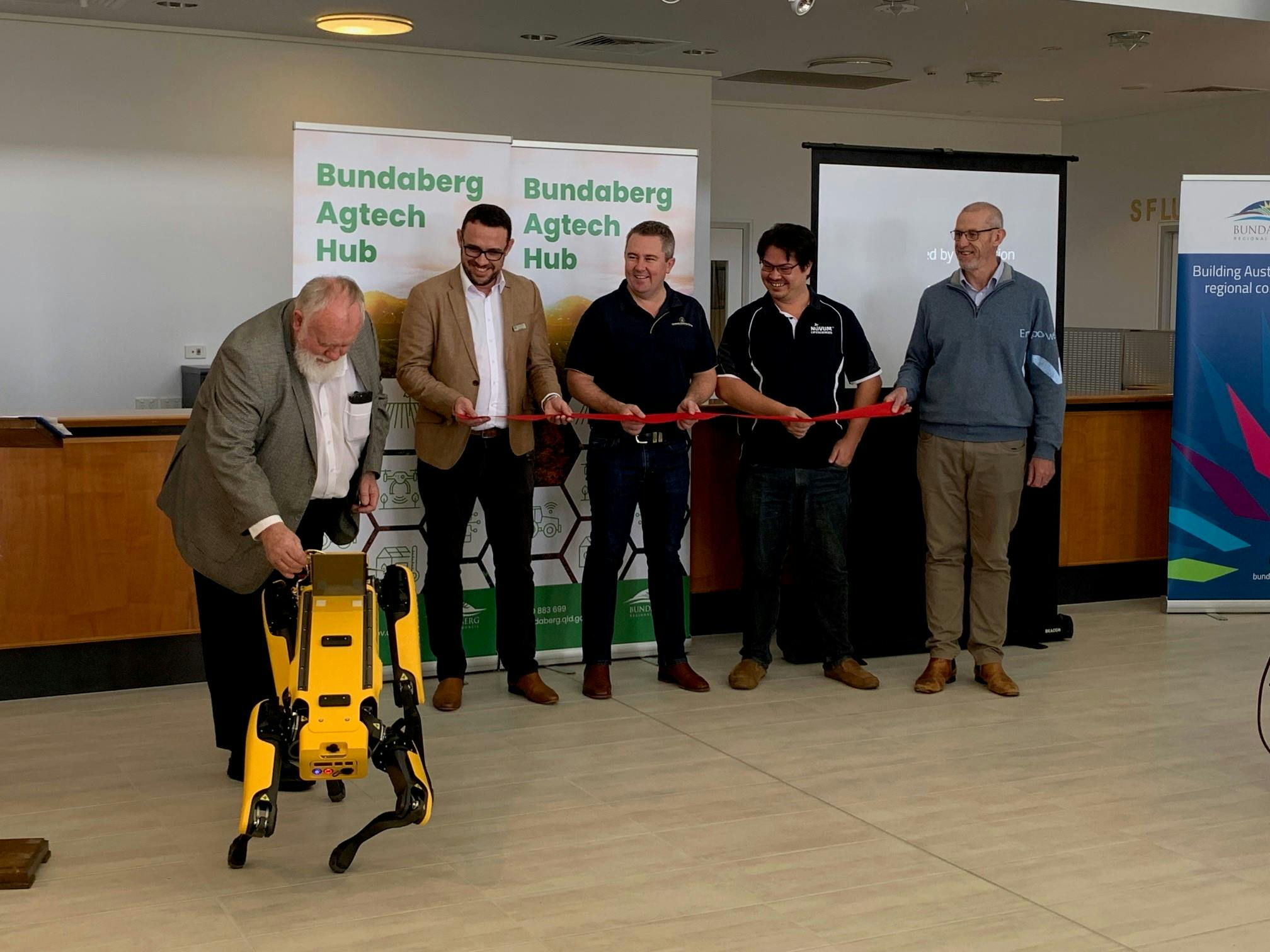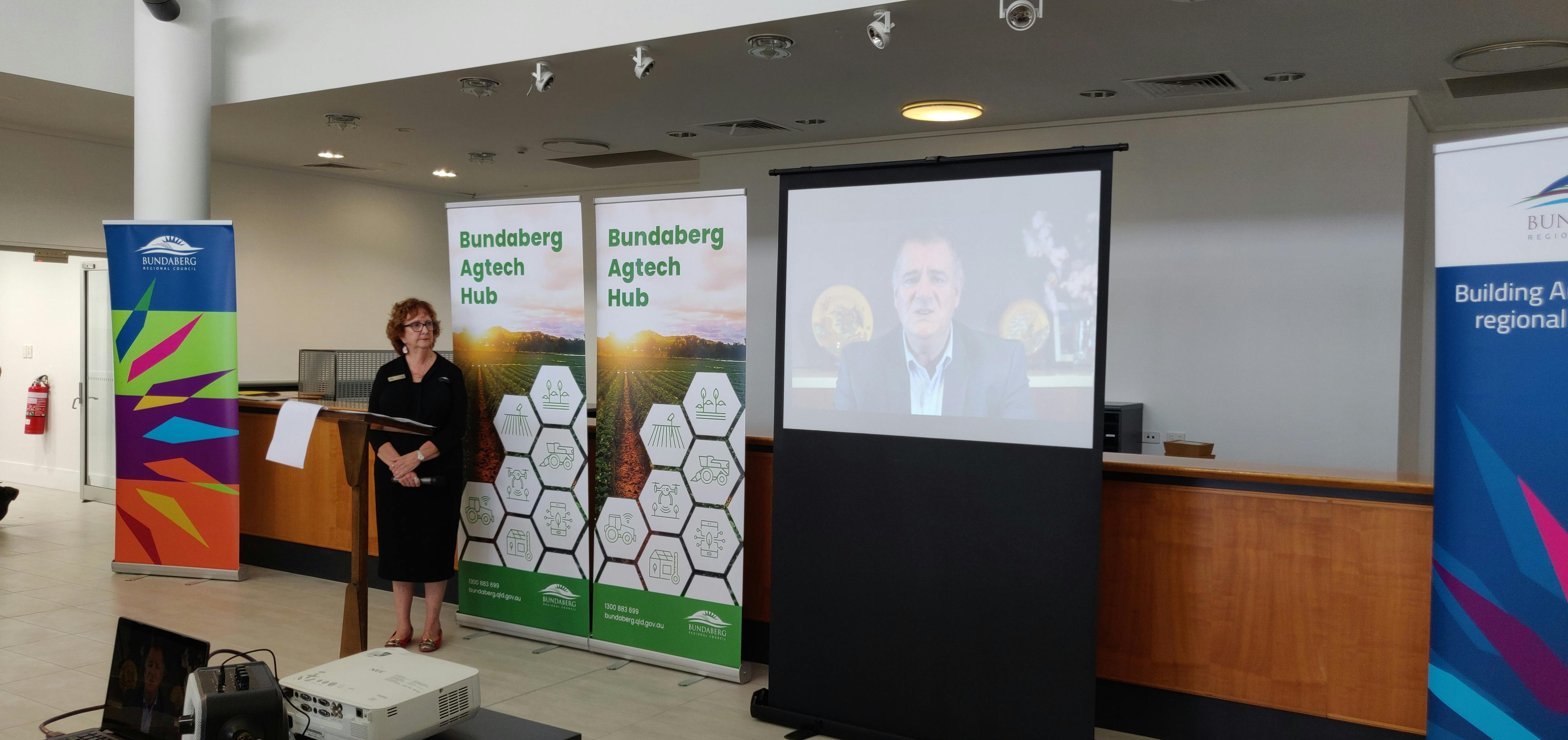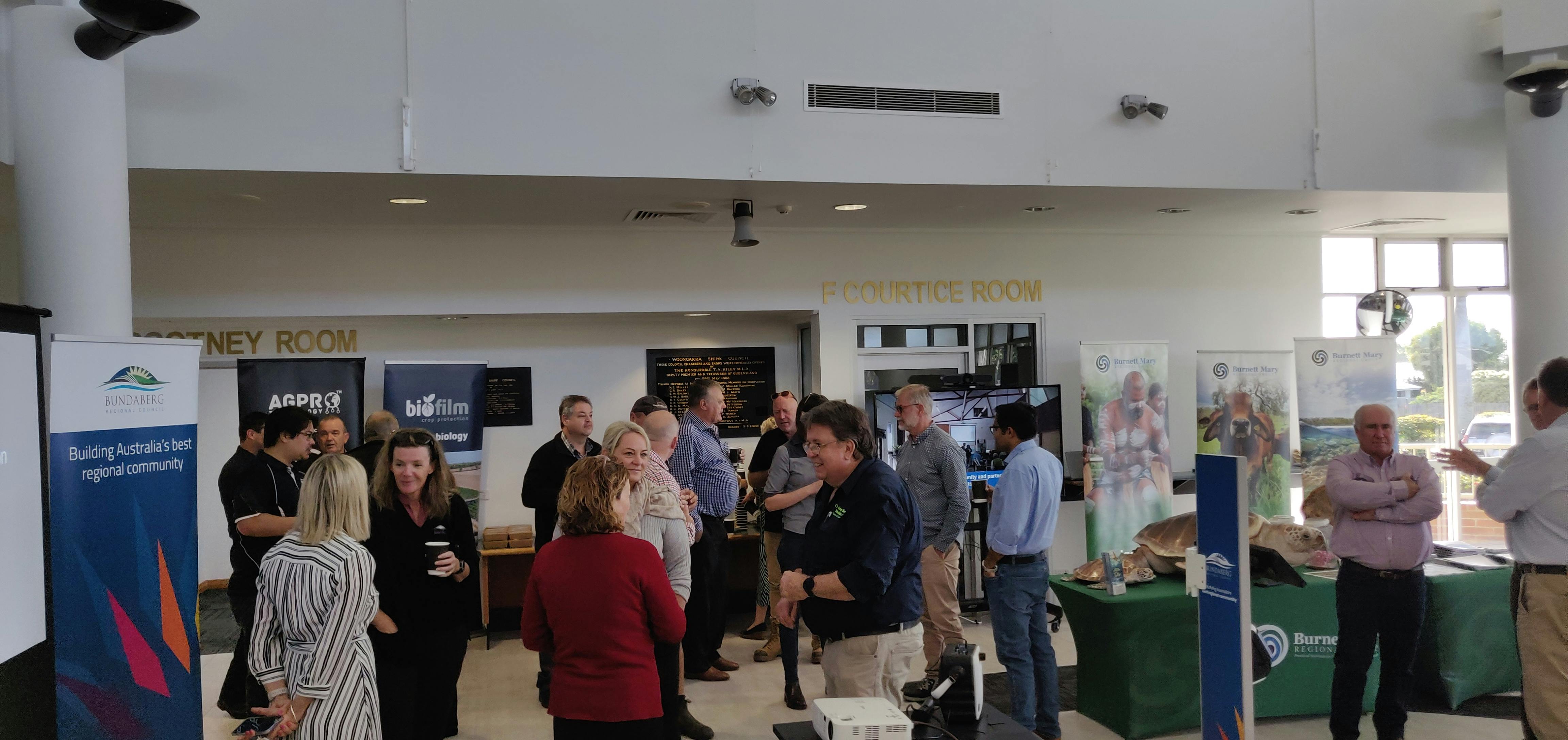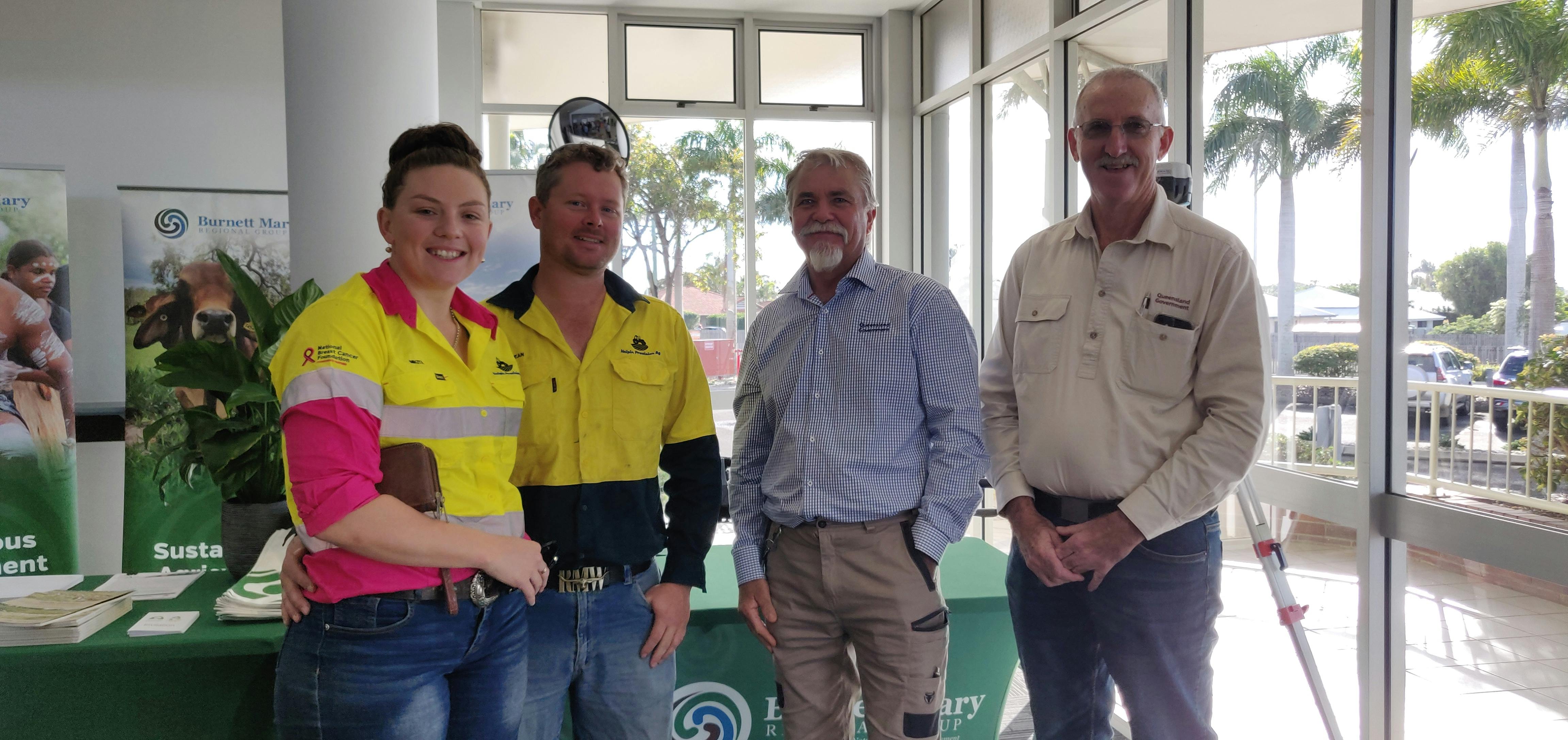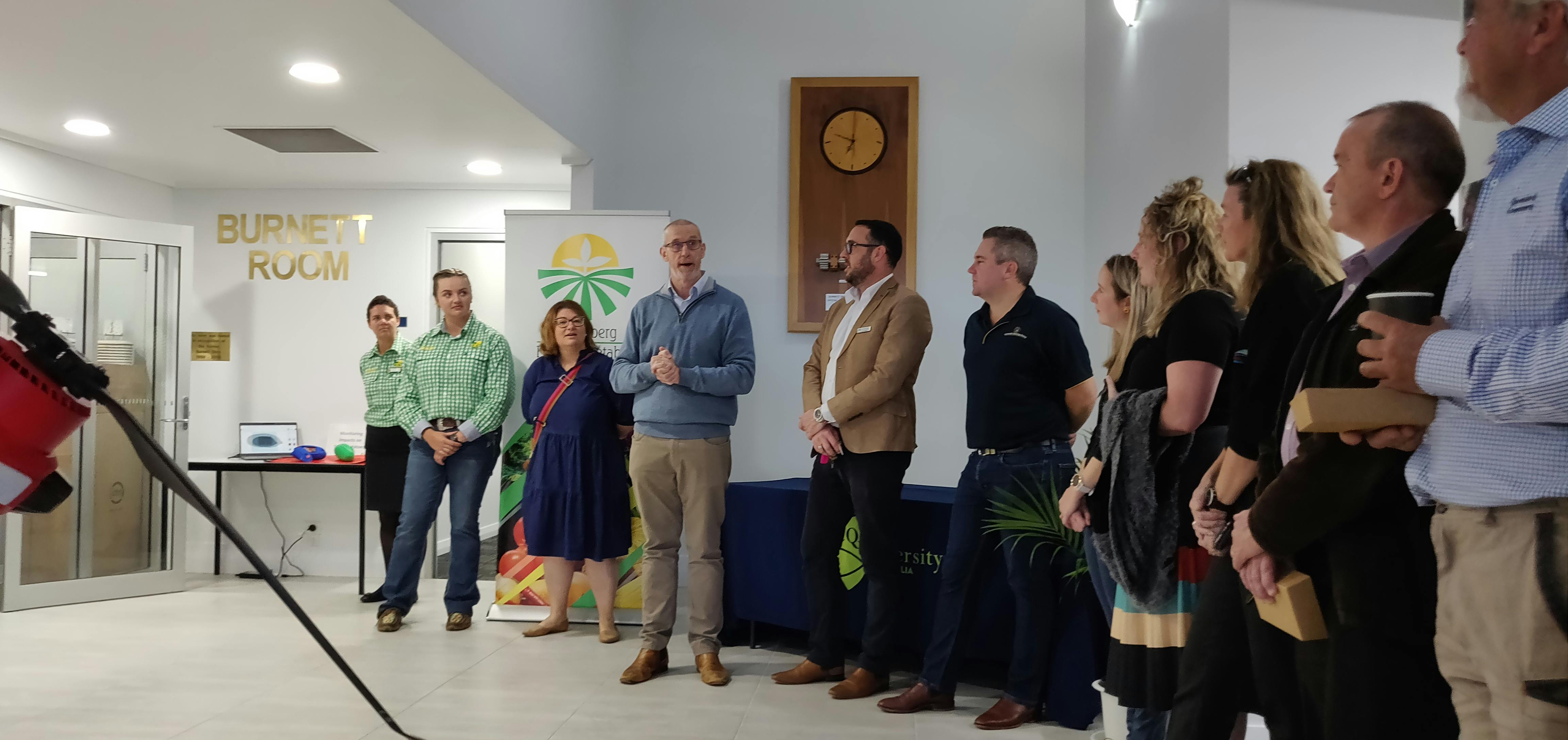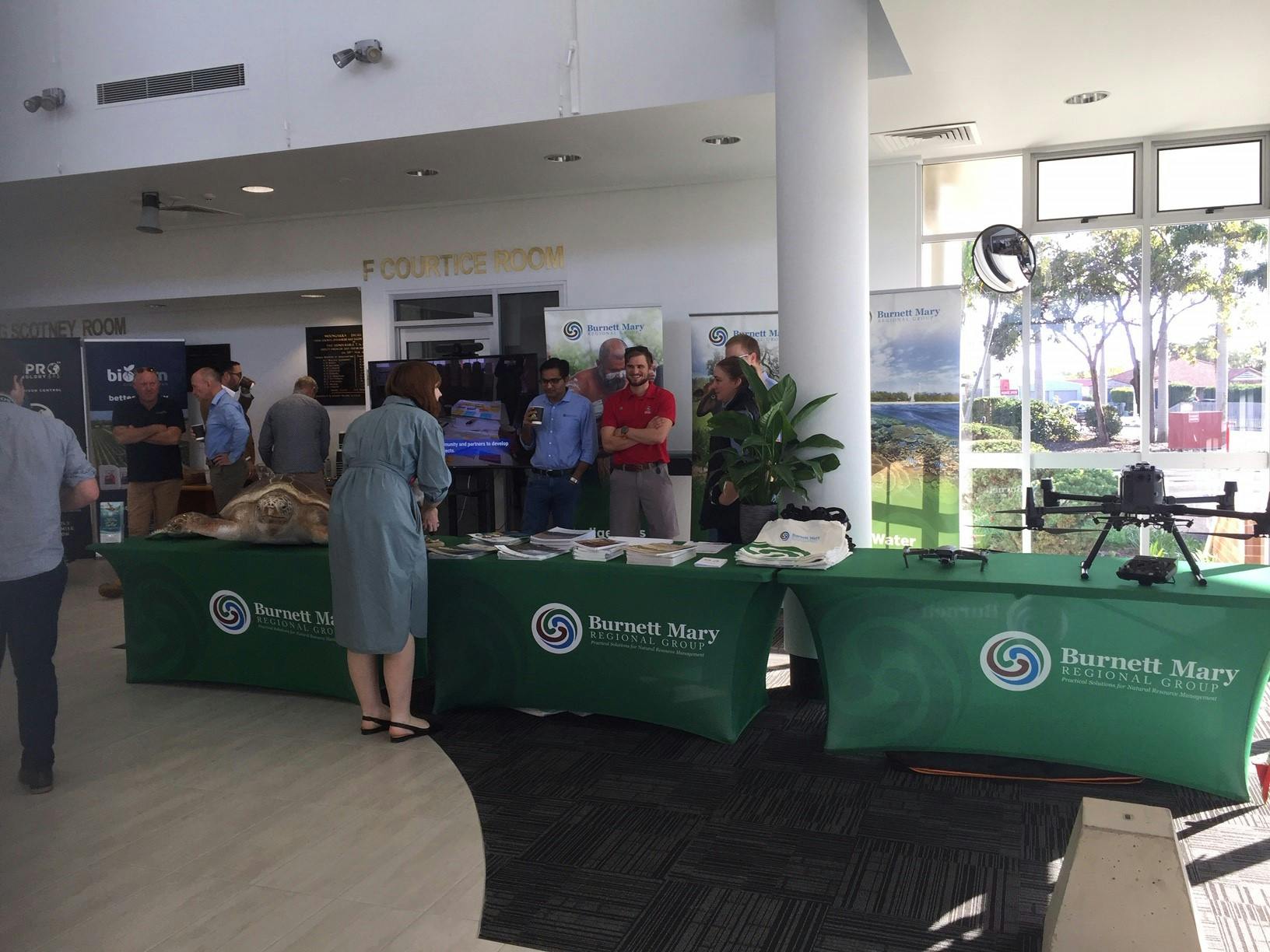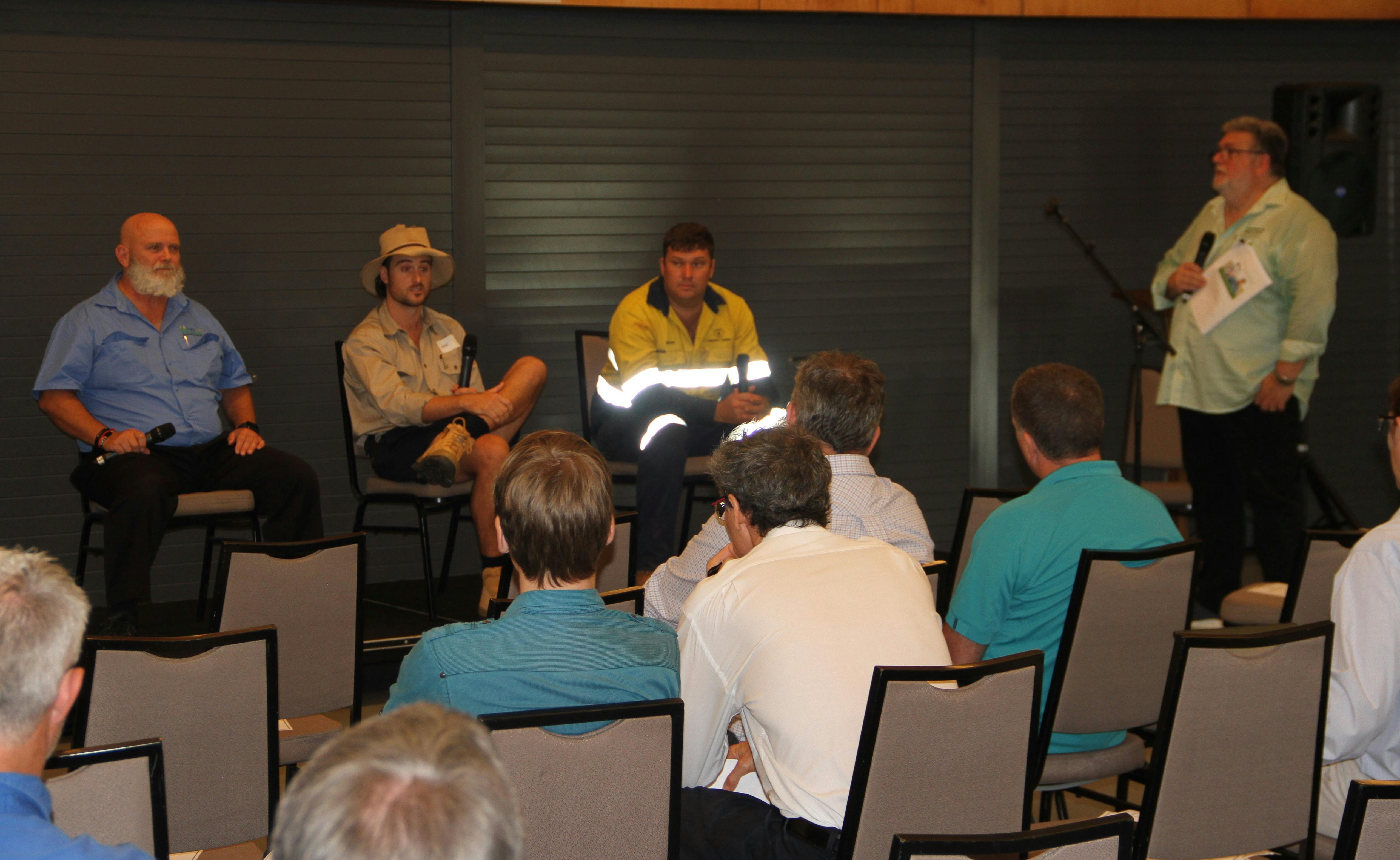Bundaberg Agtech Hub
The Bundaberg Agtech Hub is an exciting new facility supporting the vital agriculture industry in our region.
The Bundaberg Region has established itself as one of the nation’s food bowls and is a leader in agricultural innovation and technology. Bundaberg and the broader Wide Bay Burnett region is a significant producer of agricultural products in Queensland and Australia producing $1.5 billion Gross Value of Agricultural Production (GVAP) representing 12% of Queensland’s total agriculture production. Over 8,000 people are employed directly in the sector with an additional 2700 employed in processed foods and beverages.
That vibrant regional agricultural sector is now supported by the Bundaberg Agtech Hub, an exciting new facility that provides a home for developers and practitioners in a burgeoning regional agtech ecosystem that will see the region remain at the cutting edge of agricultural production in Australia.
The centre offers space for long-term lease where agtech contributors can network directly with Council, university research and development teams, natural resource management professionals and the private sector.
Functioning workspaces are also available in the Agtech Hub for licenced temporary occupation by visiting agtech collaborators which may include company representatives, agricultural consultants, entrepreneurs, government agencies and industry bodies.
The centre further provides facilities for workshops, forums, presentations, and events/functions.
Facilities
The hub itself is a Bundaberg Regional Council asset located at 160 Hughes Road, Bargara. The location is 1km from the coastline, approximately 14km from the Bundaberg CBD and in immediate proximity to the eastern-based farming community in the region.
The Hub contains:
- 313 sqm available leasable space
- Significant parking space
- Boardroom
- Kitchen and lunchroom
- Small meeting room with kitchenette available for hire to the general public
- Outdoor BBQ area
- Foyer and reception
- External storage sheds
- Amenities
- 24-hour secure building access

4. 40 sqm Available (licenced temporary working space)
6. 313 sqm Available
Full details can be found in the Leasing Proposal. Please email venues@bundaberg.qld.gov.au to discuss your requirements.
Cultural and Community Centre
The Bundaberg Agtech Hub is also adjacent to the Bargara Cultural and Community Centre. This Bundaberg Regional Council facility has the capacity to hold up to 155 people and can be hired for functions including trade shows, conventions and corporate events.
Why Bundaberg?
Blessed with one of the world’s most agreeable climates and encapsulating a diversity of landscapes from shoreline to hinterland, the 6400 square kilometres of the Bundaberg Region is unsurpassed for its liveability.
A dynamic and emerging Queensland city, Bundaberg is the centrepiece of the region which includes long established rural communities at Gin Gin and Childers.
Noted for its environmental excellence, pristine waterways and proximity to the Great Barrier Reef, the Bundaberg Region showcases everything that nature’s palette can create. Agricultural pursuits the envy of the nation and iconic products that take the name of Bundaberg to the world - we are a community on the rise.
Agriculture; the major force in the Bundaberg region
Ag forestry and fisheries statistics for the Bundaberg Region 2019/20:
- Employed 3,875 people, or 10.6% of the workforce.
- 1403 ag businesses in the region, easily the largest amount of all industries.
- Produced just over $1 billion worth of production.
The region’s agricultural enterprise mix is large and diverse, taking advantage of our fertile soil, amenable climate and stable water supplies to produce year-round in a relatively small geographic footprint.
It boasts the largest production of macadamias and avocados in Australia, close to 100% production of Queensland mandarins and produces nationally significant amounts of sweet potatoes and passionfruit.
The Bundaberg Region further boasts a robust grazing industry, intensive pork and poultry enterprises, multiple aquaculture enterprises, burgeoning berry production and remains a significant sugar and forestry producer.
This has facilitated the emergence of multiple large private and corporate agribusinesses, including:
- Austchilli (chillies)
- Greensill Farming (sweet potatoes and sugarcane)
- Macadamias Australia (macadamias)
- Marquis - (macadamias)
- Nutrano Farms (citrus, berries)
- Bundaberg Sugar
- Stahmann Farms (macadamias)
Further, the region has been a leader in the expansion of vertically integrated agribusinesses that have developed food processing and food technology in fresh vegetables, avocadoes, chillies, soft drinks and macadamias for both domestic and export markets:
Examples include:
- Farmfresh Fine Foods (vegetable value-adding)
- Macadamias Australia (macadamia nut processing)
- Marquis (macadamia nut processing)
- Austchilli – High Pressure Processing. AvoFresh (cold-pressed avocado), Newfresh (chili puree)
- Tinaberries (Gourmet ice cream)
- Mammino’s (Gourmet ice cream)
- Bundaberg Brewed Drinks (craft brewed soft drinks)
- Kalkie Moon Gin Distillery (award winning locally established distiller)
- Bundy Limes
- Smokin Seafood Smokery
Bundaberg is the perfect place to land for agricultural investors and entrepreneurs across a broad spectrum of disciplines:
- A vibrant, community-supported ag sector.
- Climate conducive to year-round horticultural production.
- Nationally unmatched ag enterprise diversity enables agtech developers to acquire data and adapt technology across a broad spectrum of agricultural enterprises in a relatively compact geographical area.
- Intensive agriculture is adjacent to urban centres and extensive agricultural enterprises are readily accessible.
- The intersection of the North and the South; 1 hour from Brisbane by plane; 4 hours by road. 4 hours by road to Toowoomba. 3 hours by road to Rockhampton.
- The region is transitioning to high value agriculture – large, sophisticated farming enterprises that embrace best management practice and actively seek innovation.
- A long-established sugar cane industry with a strong imperative to improve efficiencies along the supply chain.
- Extremely proficient agricultural service providers with tech development capacity.
- Sophisticated food processing sector that both uses agtech, and adds value (skills, knowledge and qualifications) to the agtech ecosystem.
- The local campus of the top tier CQUniversity funded to deliver the Hinkler Agtech Initiative over the next 4 years.
- Dedicated agtech facility at the Bundaberg Agtech Hub.
- A strong history of innovation in the agricultural sector, including on-farm.
- A committed Council with demonstrated and strong advocacy for economic development.
- A growing bioeconomy sector.
- A large, well-funded regional natural resource management body well networked with local producers.
- Effective logistics infrastructure and services with huge potential for development in all modes.
- Vigorously active representatives from all the major industry advocacy groups.
- Active, industry supported, best management practice programs.
- Effective local representation from supporting state and federal government agencies.
- Liveability that only a regional centre in this geographical location can provide.
To find out more about how the Bundaberg Agtech Hub can connect you to the agriculture powerhouse that is the Bundaberg Region, email venues@bundaberg.qld.gov.au.
